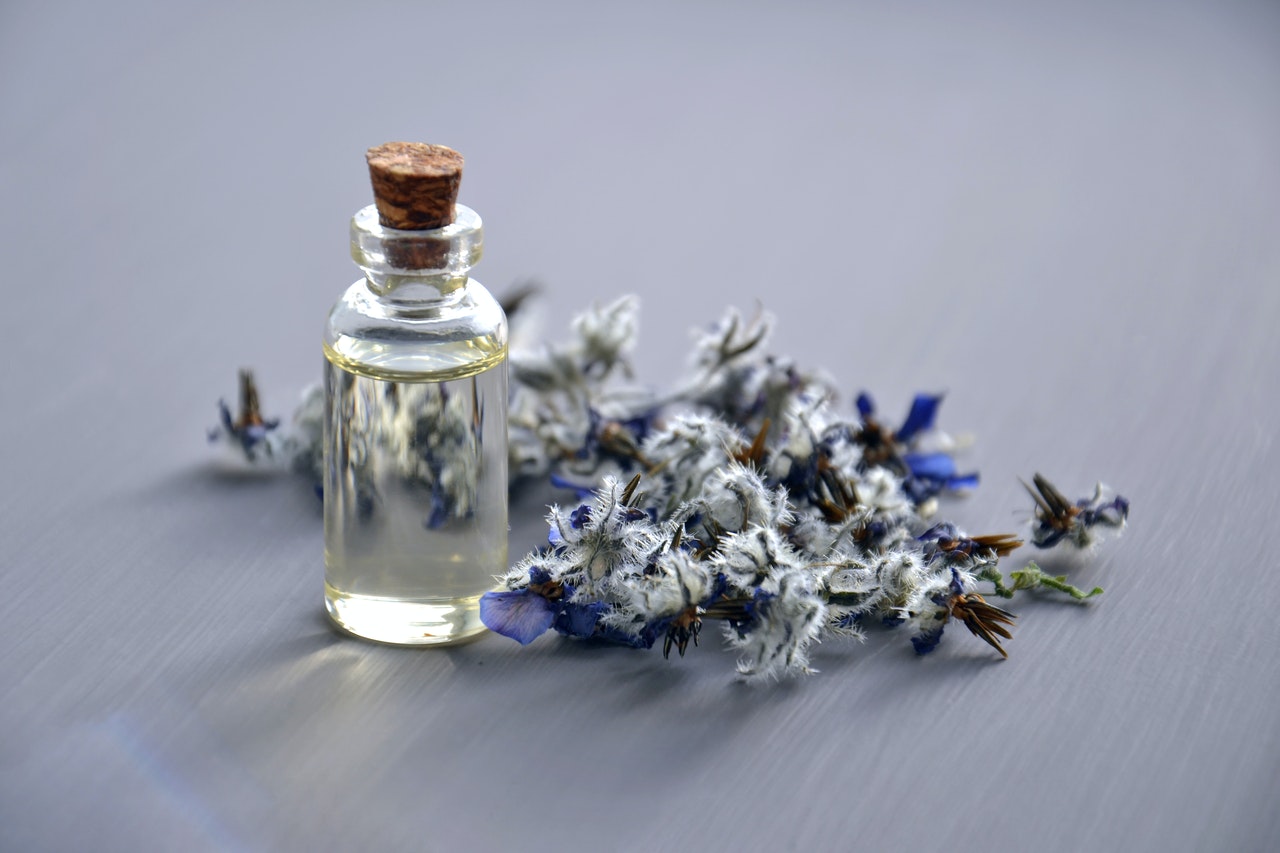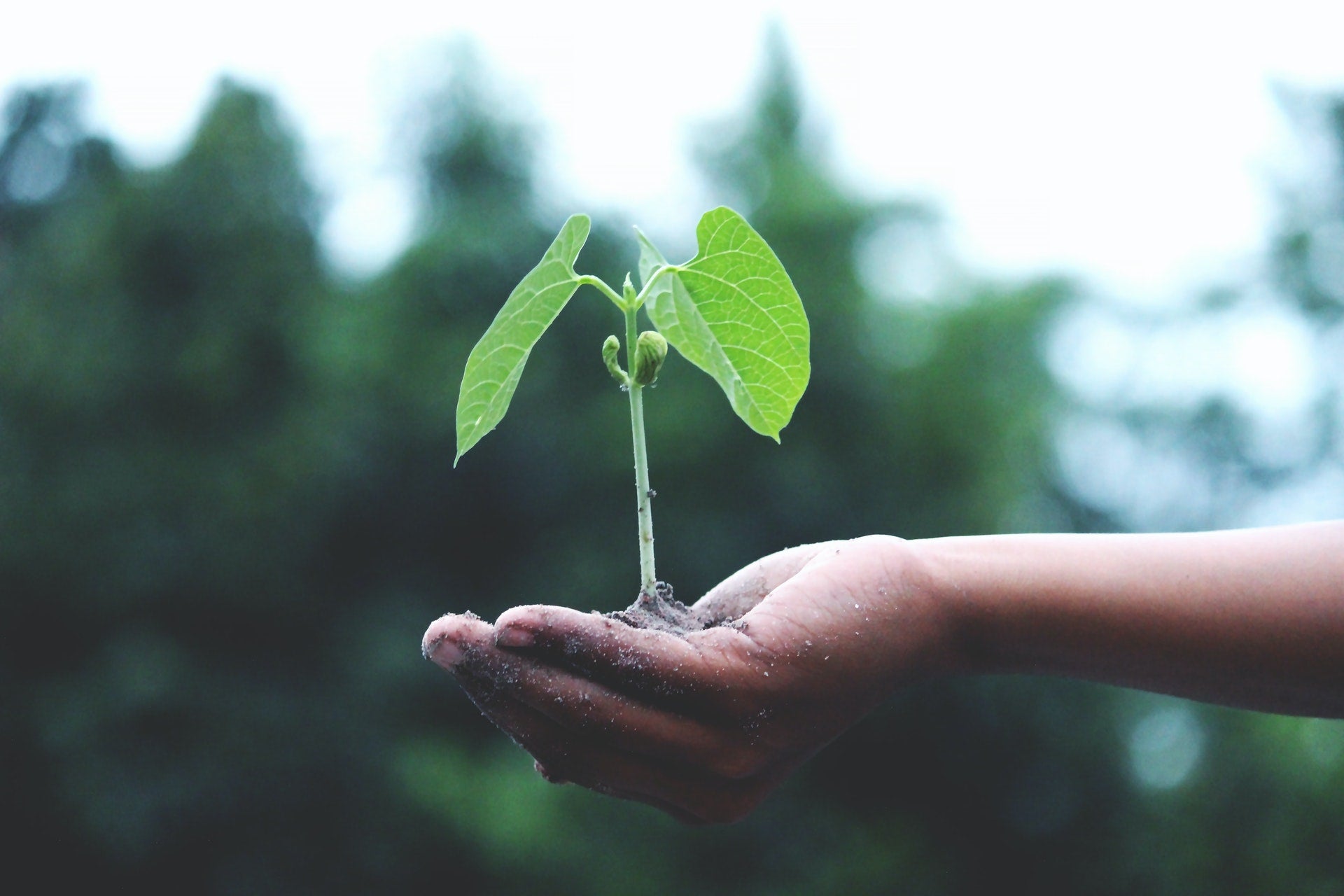You may have stopped to smell the roses over the years, but have you ever considered the benefits of your favourite flowers outside of their fragrant scents? We are exploring the historical, cultural, medicinal impacts & benefits of lavender, roses, jasmine and rosemary.
Lavender & Relaxation
Lavandula is a member of the mint family. It is native to countries bordering the Mediterranean Sea. French lavender is known as Lavandula stoechas, and it is amongst one of the most widely cultivated species. It is also sometimes called the ‘butterfly plant’ as the tip of the lavender plant can resemble a butterfly.

The first uses of lavender recorded in ancient cultures were medicinal in nature. Dioscorides, an ancient Greek physician, believed that eating lavender would relieve indigestion, sore throats, and headaches. There is also evidence of lavender being used in the mummification process of ancient Egyptians. Lavender was also commonly found in bath houses in ancient Rome. In fact, the Latin verb for ‘to wash’ is lavare.
Throughout history, lavender was often used as an anti-septic, calming aid, and to ward against evil. Today, there is evidence some of a forebearers may have had the right idea about lavender where our brains and nervous systems are concerned. Charles VI of France used to sleep on a pillow stuffed with lavender for perhaps a very good reason. There is recent evidence that suggests lavender may help you get a better night’s sleep. Though sample sizes in the studies reviewed were small, participants found an increase in deep sleep and reduced awakening throughout the night.
Roses & Antioxidants
Would a rose by any other name smell so sweet? With over 150 species of roses, Romeo would have had to write an extensive list to test his theory in Shakespeare’s classic Romeo & Juliet. As such, roses are usually classified into two major categories: old garden roses (or antique/heirloom roses) and modern roses. Modern roses encompass any rose hybrid developed after 1867.

As one of the world’s oldest flowers, it has been revered throughout history in art, literature, religion, music ,and fashion. Fossil records show it is one of the most ancient flowers with likely origins in Central Asia. Confucius wrote of growing roses in the Imperial Gardens around 500 B.C.E.. Fifth century tombs in Egypt also depict painted roses on the walls, and Cleopatro is rumored to have filled her chambers with rose petals when seducing Marc Antony. To ancient Greeks, the goddess of love and beauty herself, Aphrodite, named the flower after her son Eros by rearranging the letters.
Even centuries later, Empress Josephine Bonaparte, wife of Napoleon, was such an avid collector that she had 250 different roses from all over the world added to her property in the gardens of Malmaison.
In addition to their aesthetic appeal, rose petals are also high in phytonutrients, which are plant compounds with antioxidant properties. In particular, rose tea is an important part of traditional Chinese medicine to regulate qi. Rose petals are a source for vitamins like vitamin C, calcium, iron, vitamin A and vitamin E. Rose petals are used in many cuisines around the world and may help with digestive problems, fatigue and menstrual cramps.
Jasmine & Oral Health
Sweetly scented, jasmine is a vine with clusters of starry, white flowers. Common jasmine or poet’s jasmine is part of the Oleaceae family, which includes the olive tree. It is native to Asia and may have originated in Persia, modern-day Iran, according to botantists.

The name is derived from the Persian (Farsi) word ‘yasmin,’ which roughly translates to ‘god’s gift.’ In many Asian countries, it has been used as a symbol of both purity and magic. In India, jasmine was often used to scent women’s hair as the ‘moonlight of the grove.’ During the Ming dynasty, the production of jasmine tea from the Fuijan Provence in eastern China became popular and continues to be enjoyed to this today. Many ancient practices used jasmine to treat depression, anxiety, stress and insomnia.
As an incredibly fragrant flower, jasmine is found in some of the world’s most famed perfumes like Chanel No 5. While the flower wasn’t brought to Europe until the Moors, it quickly flourished across the region. You can find the annual Jasmine Festival held in Grasse that marks the beginning of the harvest in the French Riviera. In fact, jasmine oil has been called the ‘king of oils.’
Outside of being a key raw material in the world of perfumery, jasmine tea contains polyphenols, micro-nutrients with antioxidant properties. It’s anti-inflammatory properties may help to reduce your risk of heart disease, and promotes good oral by reducing oral plaque as well as combating oral-causing bacteria that leads to bad breath.
Rosemary & Neurological Protection
While technically a herb, this evergreen perennial plant is known for its leaves, but it also blossoms with small, blue flowers. Rosemary is native to the Mediterranean and it is a member of the mint family. Rosmarinus derives from the Latin ‘ros’ and ‘marinus’ that taken together are translated to ‘dew of the sea.’

While associated today with cooking and cuisine (or a nice cocktail), many of our ancient and historical references to rosemary are found in relation to ceremony and religion. Rosemary was one of the few items placed on top of an Egyptian sarcophagus. Ancient Greek scholars wore wreaths made of rosemary around their heads to help with their memory and recall. Roman brides carried rosemary as symbol of love, purification and virtue (a trend that continued well into the medieval ages).
Rosemary was also used to create Napoleon Bonaparte’s own eau de cologne. He had a regular monthly order of 50 perfumes made for him at a massive expense with a quarterly bill of 423 francs. Napoleon also asked for guests to bathe in rosemary before entering his mansion so as to purify themselves before seeing the emperor.
Today, laboratory studies have shown that rosemary is rich in antioxidants. It is also a source for iron, calcium, and vitamin B6. Notably, rosemary contains carnosic acid, which can fight off the damage of free radicals in your brain (by products of oxidation/reduction). This might to help prevent brain damage, and improve recovery from strokes as demonstrated by a study on rats.
What are some of your favourite flowers? How do you like to use them outside of the garden? Let us know in the comments.













